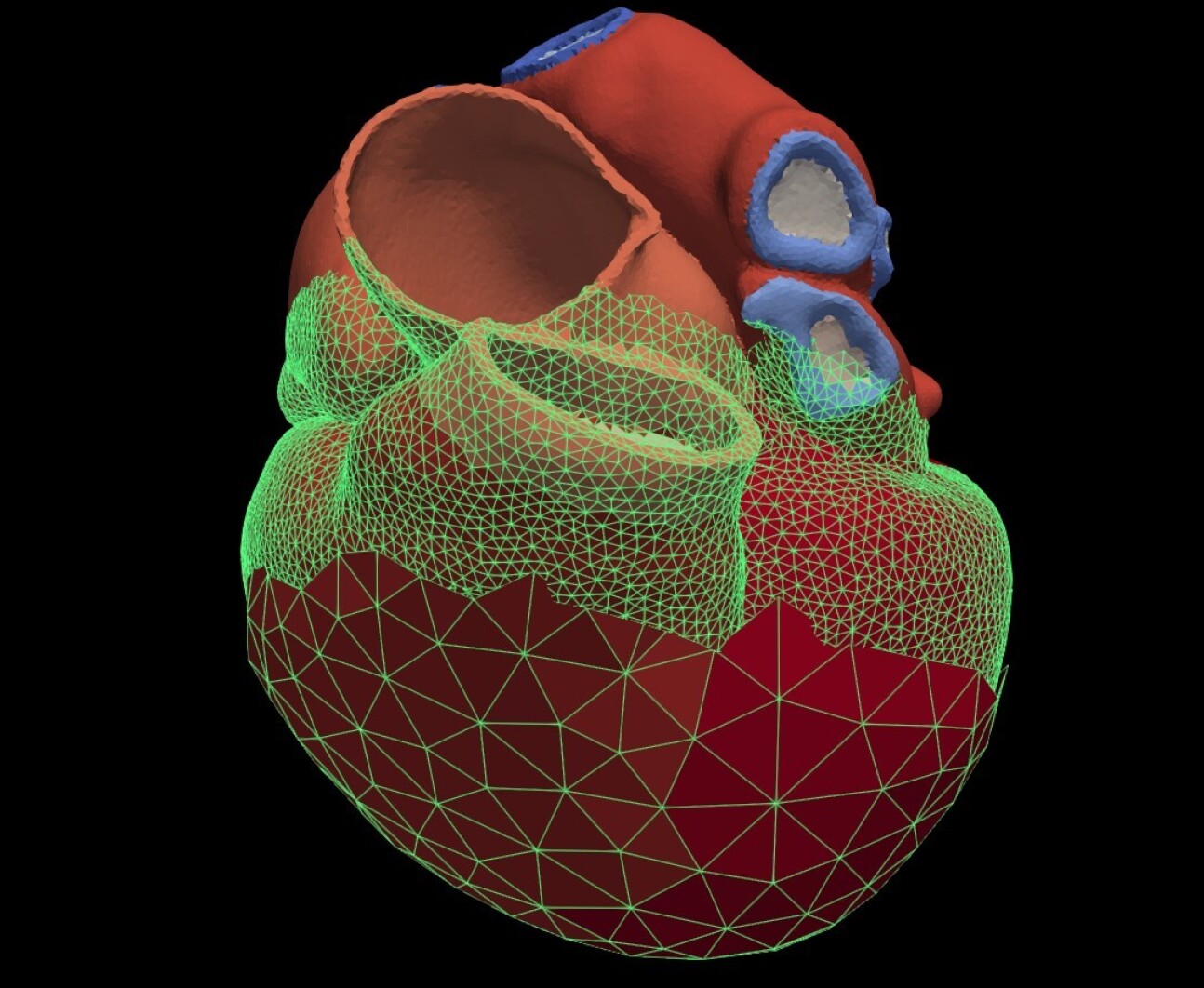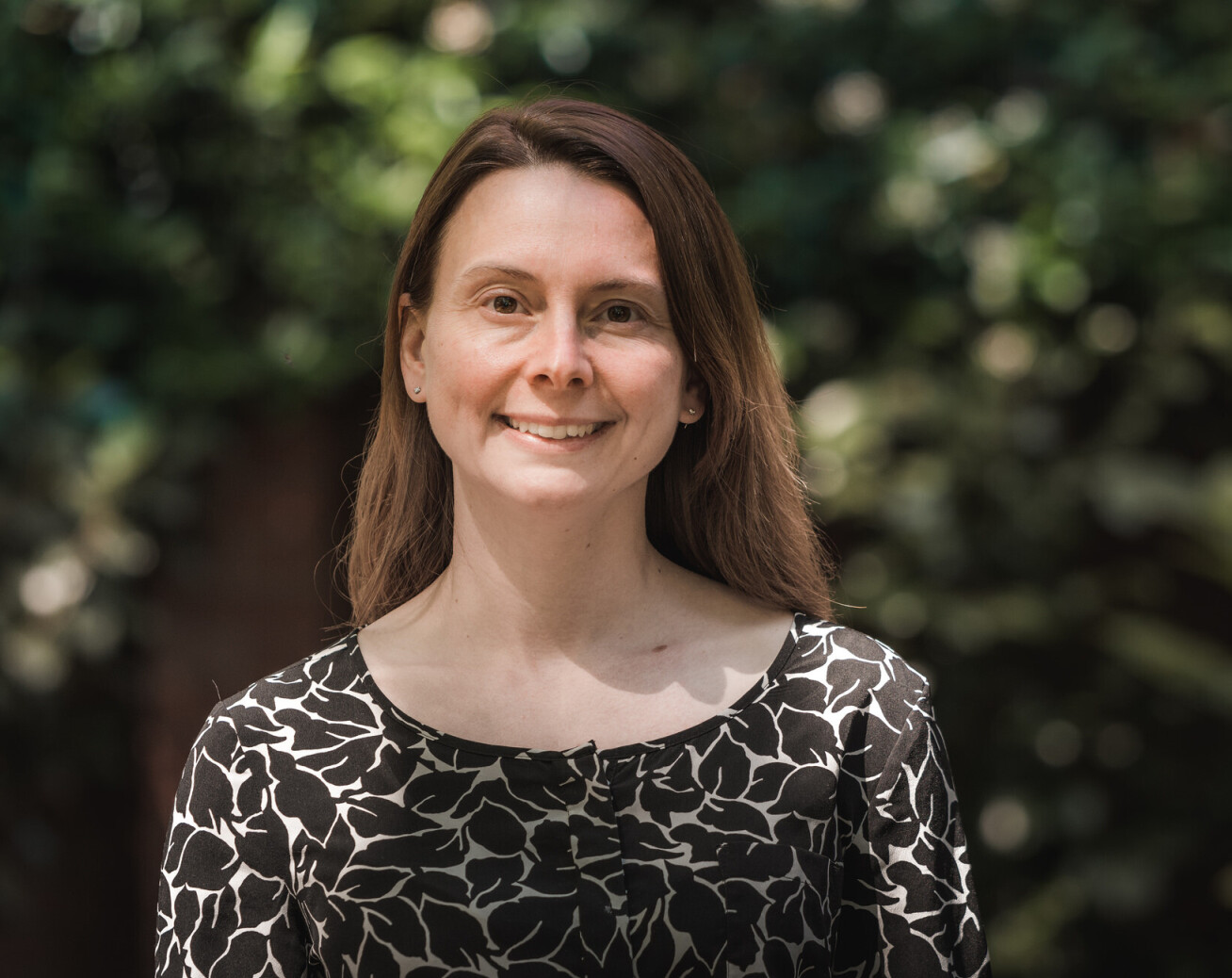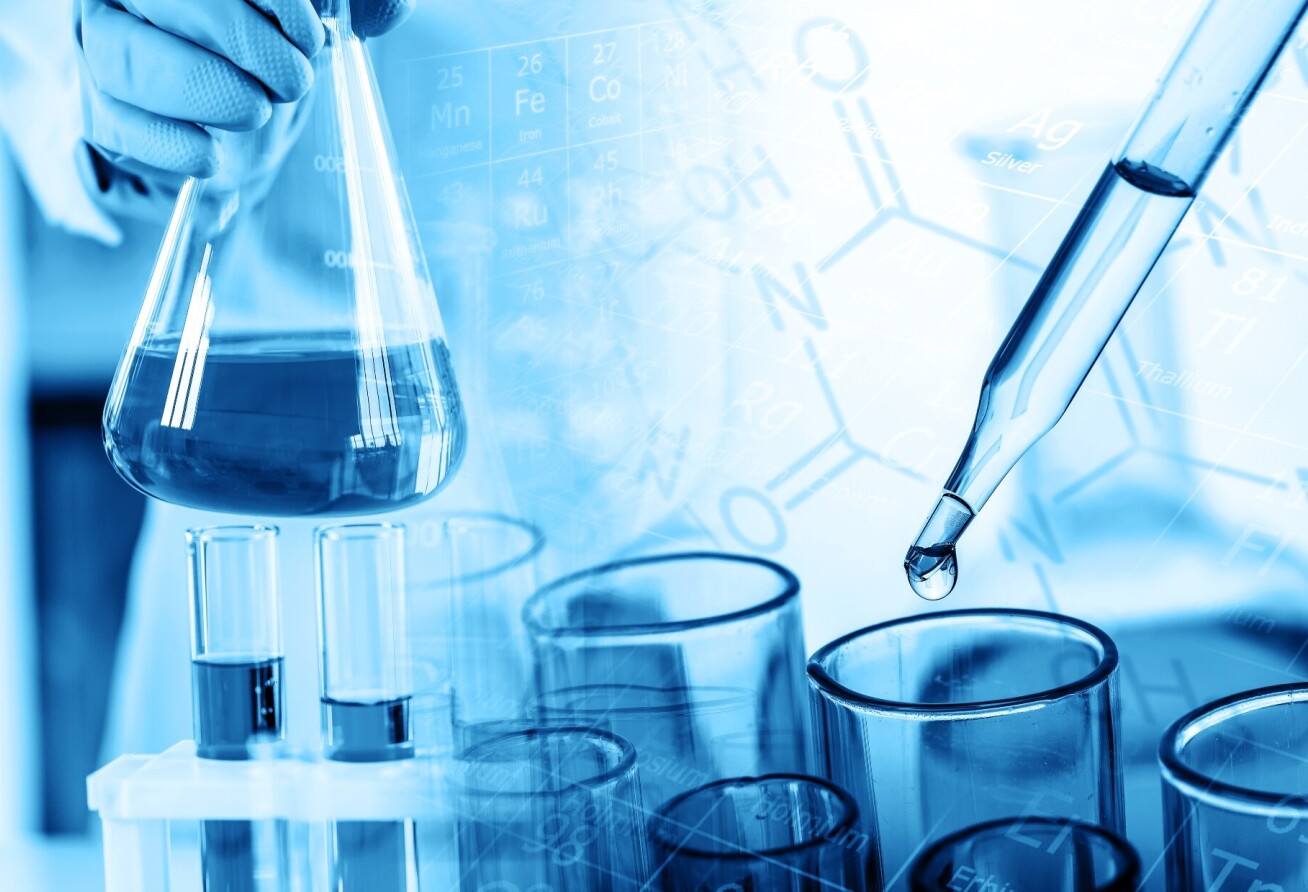Cardio models and science celebrations: News from the College


Here’s a batch of fresh news and announcements from across Imperial.
From a review into cardio modelling for health, to recipients of multiple awards, here is some quick read news from the College.
Cardio computer modelling
 Through cardiac in-silico clinical trials (ISCTs) scientists aim to create digital twins of patient’s hearts to undertake clinical trials – but the trial takes place in the computer not involving any living tissue. It's a fairly new research field so Imperial researchers thought it would be interesting to know what had been done in the field in the last 10 years to see what could be improved.
Through cardiac in-silico clinical trials (ISCTs) scientists aim to create digital twins of patient’s hearts to undertake clinical trials – but the trial takes place in the computer not involving any living tissue. It's a fairly new research field so Imperial researchers thought it would be interesting to know what had been done in the field in the last 10 years to see what could be improved.
The first systematic review performed on cardiac ISCTs discovered that demographics weren’t always reported, however this is standard practise in clinical trials to avoid biases. Most papers also don’t share code or data, making it harder to assess how much we can trust the models. Dr Cristobal Rodero and Professor Steven Niederer hope their work will raise awareness, and in the future, standards can be agreed on things like data sharing and quality control for cardiac ISCTs.
“Finding the caveats and biases in studies is the first step towards eliminating them and improving the quality of these studies, which will generate more trust from the general public in computational medicine” says Dr Rodero.
Read more about the study in Progress in Biomedical Engineering.
Structural biology computing

The Centre for Structural Biology has been awarded nearly £500,000 in funding to help establish a next-generation structural biology computing platform at Imperial.
The funding, which comes from the Biotechnology and Biological Sciences Research Council (BBSRC) ALERT multi-user equipment grant, is aligned with the strategic vision of the College in supporting both imaging technologies and data-driven biosciences. The platform will be comprised of a large file storage system combined with significant computing resources that only together can generate structural models from the vast quantity of data collected on modern cryo-electron microscopes.
Dr Doryen Bubeck, Director of Imperial's Centre for Structural Biology, said: “This new computing platform will transform structural biology research at Imperial. It will allow us to make the most of new investments in cryo-electron microscopes and leverage the power of machine learning to solve even more complex protein structures.
“The data generated using the computing platform will enable researchers at Imperial to tackle the biggest questions in the biosciences ranging from how our immune system fights infection to how plants convert light into energy.”
Comet-ulations

Dr Peter Stephenson has been awarded the RAS Keith Runcorn Thesis Prize 2022, which celebrates the best PhD thesis in geophysics and planetary science completed in the UK.
Under the guidance of Professor Marina Galand at Imperial College London, Dr Stephenson used data collected from comet 67P during the Rosetta mission to understand how auroral emissions - similar to the Northern Lights at Earth - are produced at comets.
While currently analysing atmospheric emissions from Saturn at the University of Arizona, Dr Stephenson would be eager in the future to pursue research in close interaction with ESA's Jupiter Icy Moons Explorer (JUICE) mission – which will be visiting Jupiter and its moon Ganymede – and the ESA's Comet Interceptor mission - which will be flying by a dynamically-new comet, both hosting an Imperial instrument aboard.
Dr Peter Stephenson, an Imperial alumnus, said: “I am delighted my PhD thesis has received such prestigious recognition. Comets help us understand the wider solar system and let us look back into the past to when they were formed. Now I will focus on Saturn and Jupiter and analyse their ultraviolet emissions.”
Technician recognition

Two Imperial technicians have been shortlisted for a prestigious Papin Prize, the UK’s only award for technicians in academia. The prizes recognise outstanding contributions to advancing the status and opportunities for the technical community in academia. It is awarded by the Executive Committee of the eight Midlands Innovation (MI) universities.
Hamlata Dewchand, a Laboratory Technician in the MRC London Institute of Medical Sciences, has been shortlisted in the Contribution to Infrastructure category and Adriana Lobosco, Laboratory Technician Apprentice in Bioengineering, has been shortlisted in the Newcomer category.
The award winners will be announced at the biannual Higher Education Technicians Summit (HETS) on 4 July at the University of Warwick.
Dr Kelly Vere, Project Lead for MI TALENT, said: “The Papin Prizes have fast become one of the most highly regarded awards for technicians in our sector, highlighted by the record-breaking number of nominations received this year, all of which were an incredibly high standard.
“Many congratulations to all individuals and teams who have been nominated and thank you to the colleagues who nominated outstanding technicians and have helped to raise the profile and status of technicians within the sector.”
Read more about this year’s shortlist on the MI TALENT website.
Churchill Fellowship awardee

Ali Lyons, Outreach Evaluation and Research Manager in Imperial’s Schools Outreach team, has been awarded the Churchill Fellowship, allowing her travel to international universities to discover the latest innovations and best practice in widening participation.
Ali will travel to the US and New Zealand to observe different approaches to supporting underrepresented and disadvantaged students with their transition into university and will report her findings back to Imperial and the wider UK university sector.
On receiving the fellowship, Ali said: “I am thrilled to have the opportunity to look beyond the UK to investigate different approaches to supporting underrepresented students. Travelling as a Churchill Fellow will give a rare chance to see these approaches first hand and speak directly to the students who have benefitted from this support. I hope that my research will provide examples of effective practice to help refresh our thinking on how we can support underrepresented students across their whole educational journey."
Why female sparrows cheat

While sparrows form bonded pairs, female sparrows are known to engage in ‘extra-pair’ engagements with males who are not their partners. For males, this results in more offspring, meaning they distribute their genetic material more widely, but for females the only change is who the father is. So why do they do it?
One theory is that the genes controlling extra-pair behaviour are common to both sexes, but only benefit males. For this to be true, extra-pair behaviour would be inherited. New research by researchers in the Department of Life Sciences (Silwood Park) suggests this may be true, but not in an obvious way.
Behaviours are flexible and not only driven by genes, but also other individuals. A male might tend to extra-pair matings, but with certain females he might be more or less inclined to do so. If this inclination is also affected by genes in the female, this is considered an indirect genetic effect (IGE) – a hidden heritable variation in a trait that is also inherited.
By studying a wild population of sparrows, with parentage known for several generations, the researchers were able to show that IGEs reveal this hidden genetic variation, especially in males. This means that some males cheat more than others, but the genes driving this behaviour are not their own, but those of the females they cheat with.
Read the full paper in Evolution.
Main image credit: Shutterstock.
 Want to be kept up to date with news from Imperial? Sign up for our free quick-read daily e-newsletter, Imperial Today.?
Want to be kept up to date with news from Imperial? Sign up for our free quick-read daily e-newsletter, Imperial Today.?
Article text (excluding photos or graphics) © Imperial College London.
Photos and graphics subject to third party copyright used with permission or © Imperial College London.